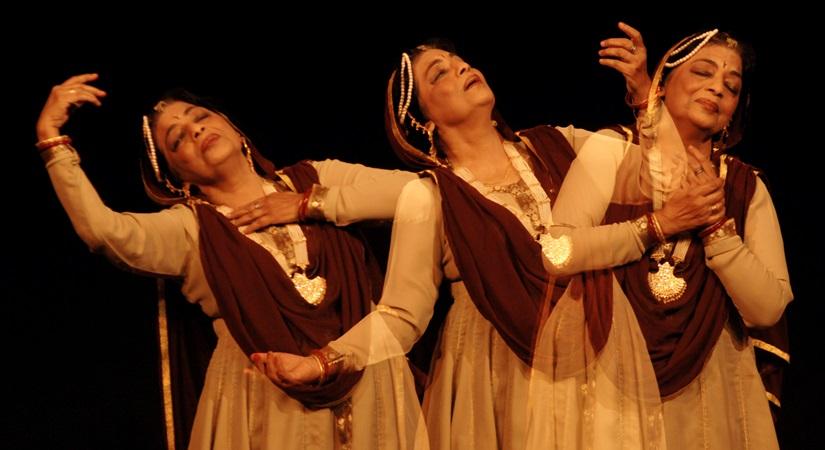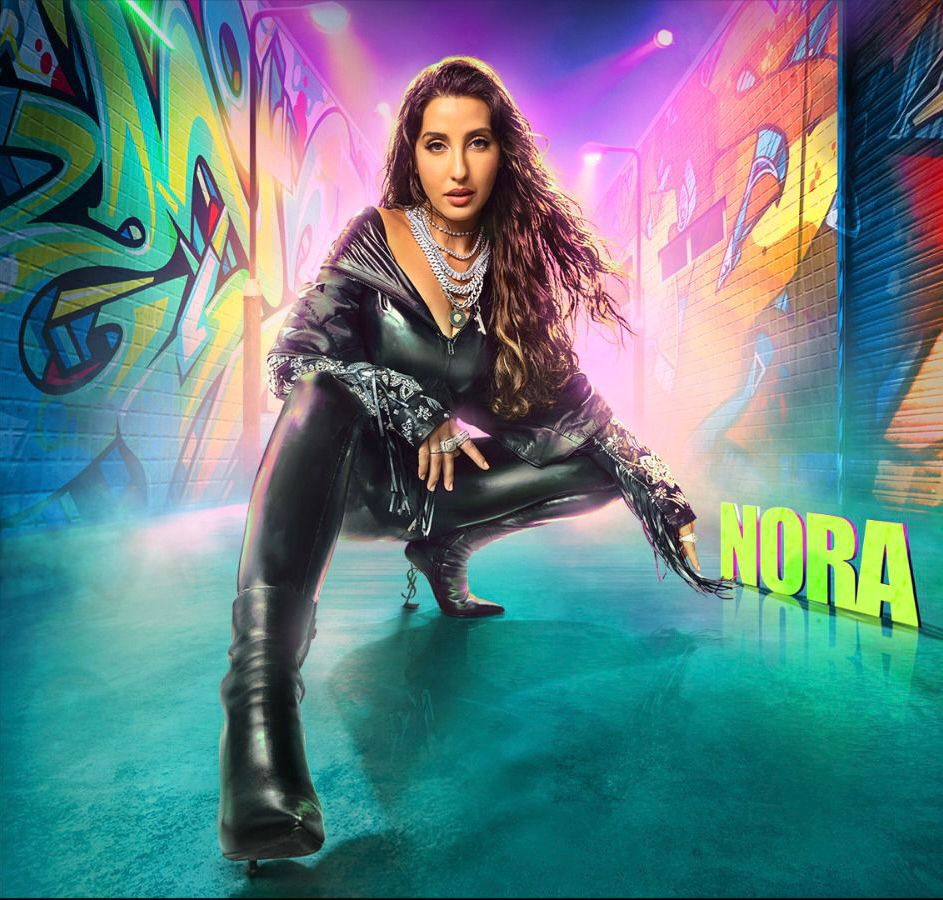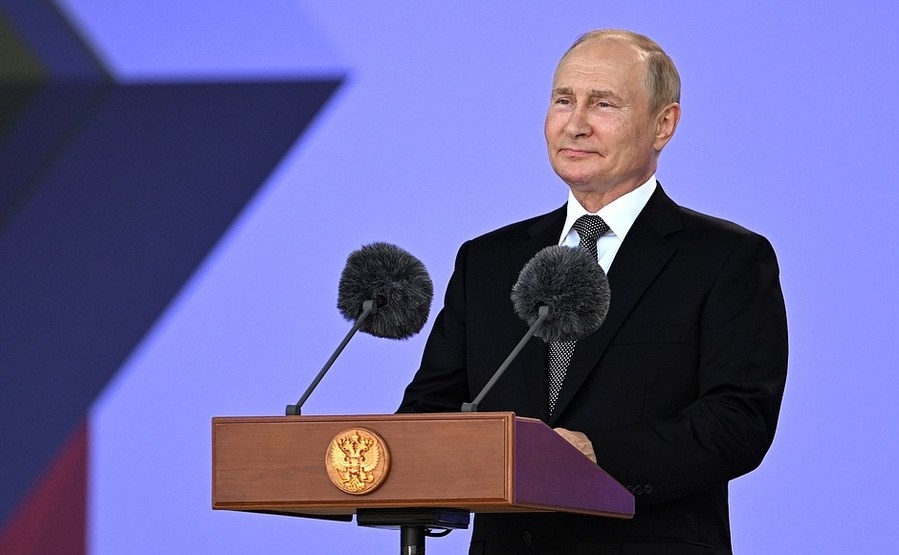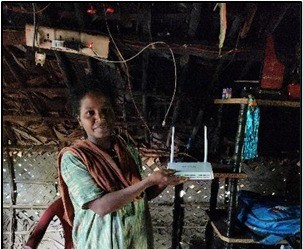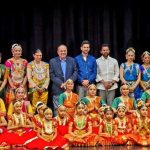Lamenting that governments or the private sector have done little to ensure that folk arts and artists thrive, she feels that the country needs an ecosystem of traditional artists and focus on the art forms and not struggle for survival…writes Sukant Deepak
Her performance has long ended. The one in which every move had a soul, an outfit. It was not just about the grammer of dance but evolving an inner language that communicated effortlessly with those spellbound by her.
Asha Sapera, a dancer and singer who comes from the Kalbeliya gypsy tribe of dancers and musicians in Jodhpur, Rajasthan is chatting up with her Spanish friends, one of who suddenly breaks into a Flamenco move.
“You have to see my collaboration with them. It is almost otherworldly — the coming together of our worlds. After all, when we work with different cultures, it is never about finding only points of similarity, but also celebrating our distinct identities and the compound that emerges with two different dances, ” she tells IANS during the recently concluded Jodhpur RIFF that witnessed participation by musicians from India and abroad.
It has been a long journey for Sapera who has performed in more than 80 countries — starting at the age of five. Now, 32-years-old and at the peak of her career, she maintains that for her everything is ‘new’ right now. “That is because everyone is asking for something ‘new’. While our traditional singing and dance carries on, I am focussing a lot on fusion and offering something to youngsters that will make them pause and look at this art form.” she says.
Talking about her recent collaboration with a Mexican choreographer, she adds that while their traditional dance does not really need a choreographer, working with one added a new dimension to the performance. “What then emerged was something unique. And I am proud that our troupe of 11 people could pull it off. It is important for an artist to challenge herself constantly and step into uncharted spaces.”
Sapera, who is also a dance teacher in her home state of Rajasthan says that the majority of her students are from abroad. “Sadly, most people in India and many even in Rajasthan have no clue about our dance form. It has always been my dream to open a dance school in the state so that the tradition flourishes. The same would also provide opportunities for many artists. However, this cannot be done without the active support of the state government.”
Lamenting that governments or the private sector have done little to ensure that folk arts and artists thrive, she feels that the country needs an ecosystem of traditional artists and focus on the art forms and not struggle for survival.
“We boast of such immense cultural wealth. It is high time that like the West, the governments, corporates and foundations come together for the sake of the arts.”


